Birdhouses in Turkey
Introduction
In Turkey, birdhouses are part of the collective past, returning to the Ottoman times. During the empire, architects built homes primarily for small birds, such as sparrows, on the side of mosques and stone buildings that would shelter them from the elements and provide a nesting area. The Ottomans established foundations (Wakif) to help street dogs find food, birds to drink water on hot days, storks to be treated when injured, and wolves to be fed with meat or wounded horses to receive treatment. They built birdhouses on the facades of mosques, madrasahs, or palaces with no sunlight and no wind, at a height people couldn’t reach. They also placed small plates on graves from which birds could drink water. In the past, more people had a reputation for bird-loving. There were many families feeding birds at home. Children were treating them as if they were family. More or less, birds helped people to cure their loneliness. Storks, pigeons, sparrows, and swallows used to fearlessly make their nests on rooftops or chimneys of any building. Located in the western city of Bursa, the “Gurabahane-i Laklakan” (The Home for Homeless Storks), which still stands, was built to treat wounded storks centuries ago.
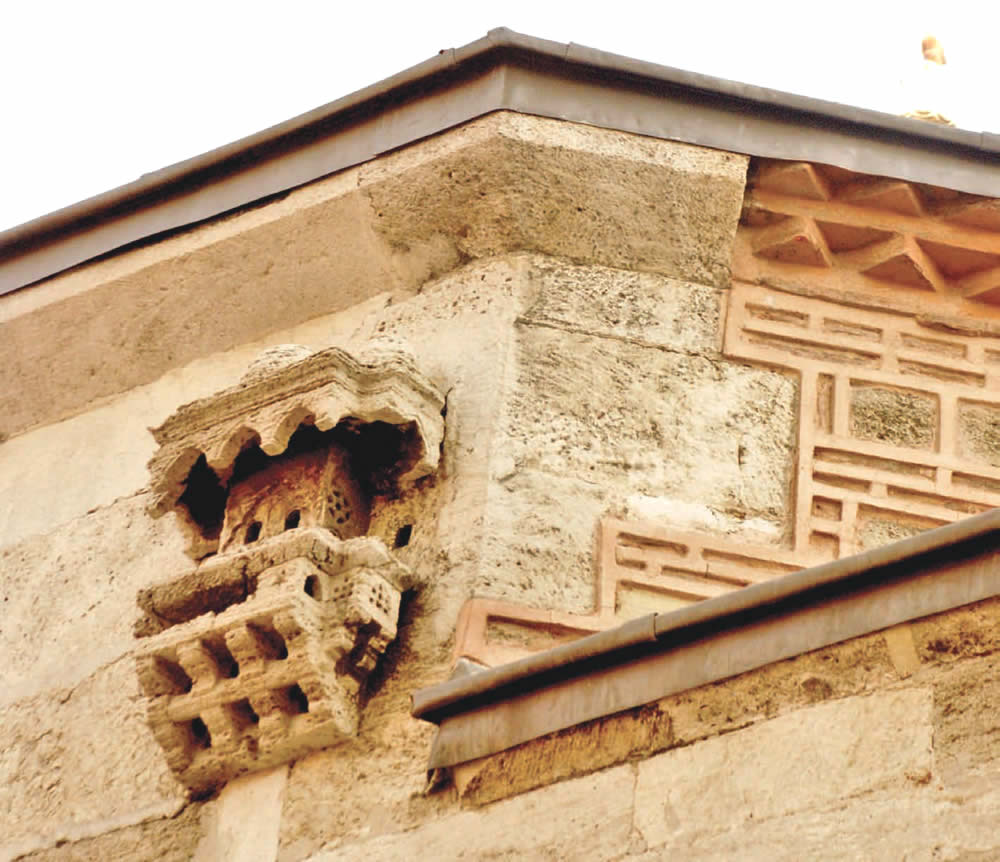
Bird houses are man’s humble offering to his winged, feathered friends and one of the oldest and most important expressions of love and compassion for animals. The history of houses built for birds like sparrows, finches, and swallows goes back a long way. Some of these tiny dwellings, whose numbers increased in parallel with the development of classical Ottoman architecture in the 15th century, indicate that they were being built, albeit on a smaller scale, in the pre-Ottoman period. The purpose of these charming birdhouses, which the Turks continued to build up to the 19th century, is to provide refuge to birds, who range freely through the skies but are consequently lonely to the same degree, and to protect them from harsh weather conditions. Very few birdhouses, among the critical examples of our cultural and artistic heritage, have survived until today. Bird houses are considered a unique and valuable field of creative production that must be protected and sustained after restructured. Ceramics creates a valid area for the applications with its ease of shaping and getting resistance by being baked. Emphasis is placed on modern ceramics artists realizing birdhouses with contemporary applications and unique designs. Today, some craftsmen attempt to reinterpret the birdhouses to maintain our rich cultural heritage with materials like stone, wood, and clay. Clay is more critical than other materials because of its comfort in shaping.
A Gem of Civilian Architecture
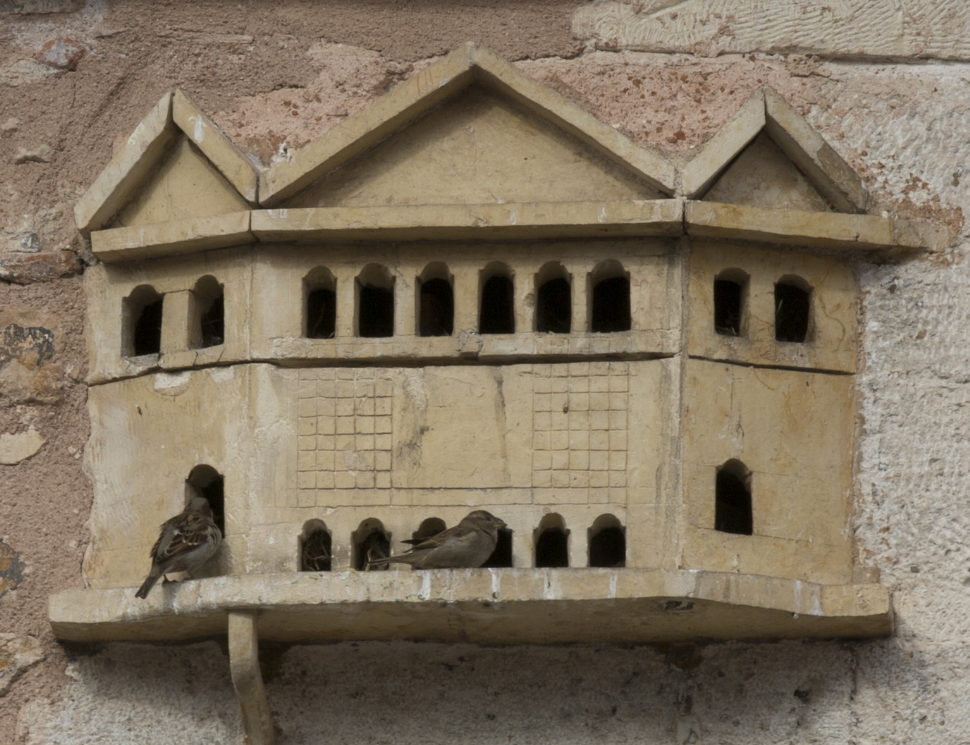
There are many different types of birdhouses. While the first birdhouses tended to be simple, in the 18th century, they were transformed into structures of comfort exhibiting a refined aesthetic sense. But aesthetics isn’t everything, of course. All birdhouses have to meet specific standards, the most important of which is to ensure that birds feel safe inside them. What would be the point, for example, of building a birdhouse in a place accessible to a cat? Their houses must be constructed on the sunny side of buildings, not exposed to strong winds. One of the most beautiful examples of civilian architecture, birdhouses are the center of attraction in any building. Some have been added following construction, others built in at the start. We encounter them everywhere–in mosques, madrasas, libraries, houses, inns, baths, tombs, bridges, churches, synagogues, and even palaces, in every place that human hands have touched. Birdhouses fall into two groups. The first group consists of those built specially into the facade of the building in the form of either a single aperture or several side by side, in other words, structures that do not extend far beyond the façade.
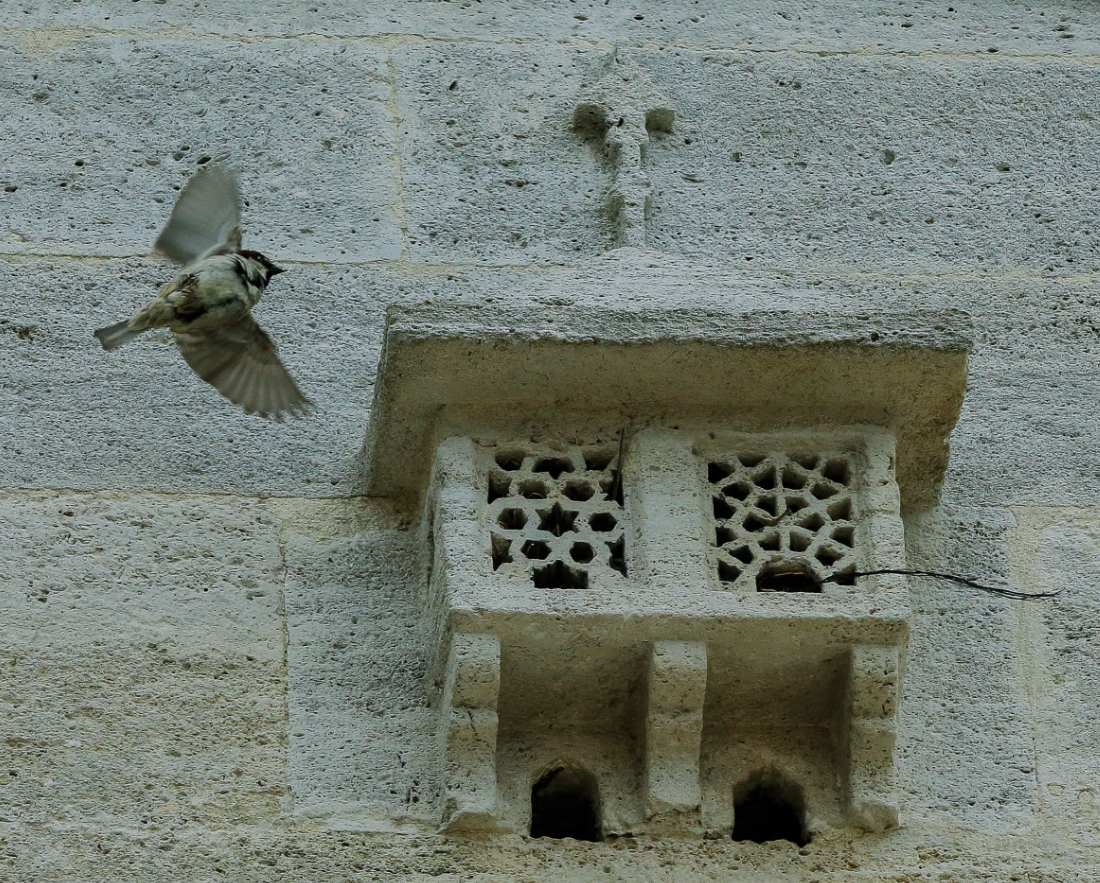
Those on the Suleymaniye Mosque, the New Mosque (Yeni Cami), and Buyukcekmece Bridge in Istanbul are examples of this kind. Some birdhouses project out from the facade of the building, most of which were built in the 18th century. More than houses, these are highly ornamental, elegant dwellings reminiscent of palaces or pavilions. Indeed, some even have feeding and water troughs for finches and sparrows, runways for landing and take-off, and even balconies where the birds can venture out and survey their surroundings. Among the loveliest examples of these houses, which are the product of delicate workmanship, are the Yeni Valide, the Ayazma and Selimiye mosques at Uskudar, and the building in the inner courtyard of the Darphane at Topkapi Palace. Other vital buildings with birdhouses in Istanbul include the Feyzullah Efendi and Seyyid Hasan Pasha Madrasas, the tomb of Mustafa III, Cukurcesme Han, and the Ahrida Synagogue in Balat. Bricks, tiles, stone, and mortar are the building materials of birdhouses. Unfortunately, those that were made of wood have not survived.
Men’s Curiosity
Throughout history, humans have always had great curiosity and interest in birds and flying creatures. The reason for this, of course, is the flying action. The ability of birds to resist gravity and fly freely caused them to be regarded as the closest creatures to God in many cultures. Therefore, many societies attributed a divine meaning to birds. Man feared some bird species but generally identified them with meanings like power, peace, freedom, and wisdom. That’s why birds have been liked, respected, and protected. In written and verbal cultural productions, birds have been mentioned in tales, songs, poems, pictures, and sculptures. “Sometimes a pigeon with an olive branch in its mouth heralded the end of a typhoon, sometimes a pair of cranes brought news from the beloved
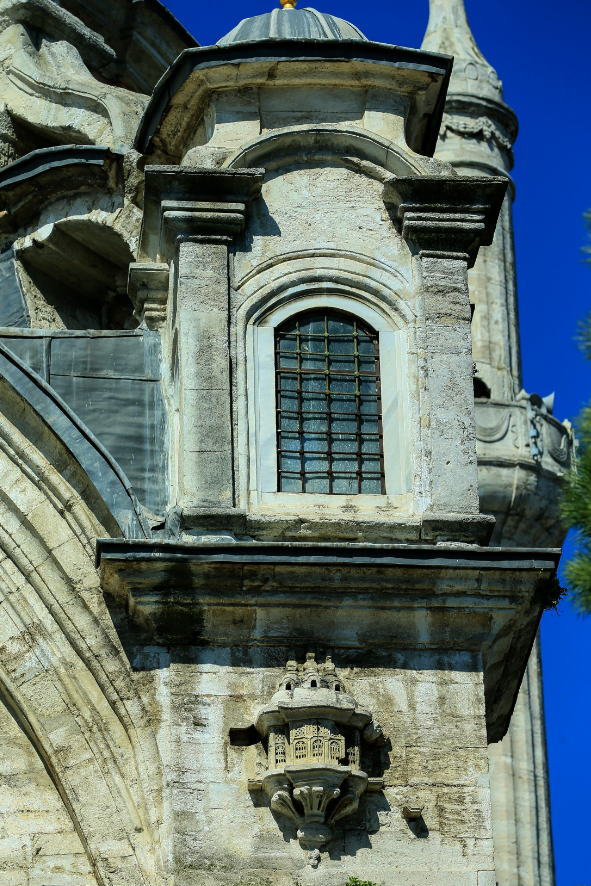
Another important point with birds that drew man’s attention is the migration. Bird migration has always been of interest to man, especially scientists. Human beings have always been impressed by the shapes, movements, organs, flying skills, migration, geometrical shape of eggs, webbed feet of water birds, sharp cutting claws of predatory birds, color and shape of their feathers, voices, and many other features of birds. This interaction created strong bonds between birds and men; birds have always been an essential part of human life. The meaning of birds for men has been reflected in scientific and artistic works focusing on birds from different times, societies, and fields. Birds have always been an indispensable part of human life. Read more about birdwatching and birding activities in Turkey.
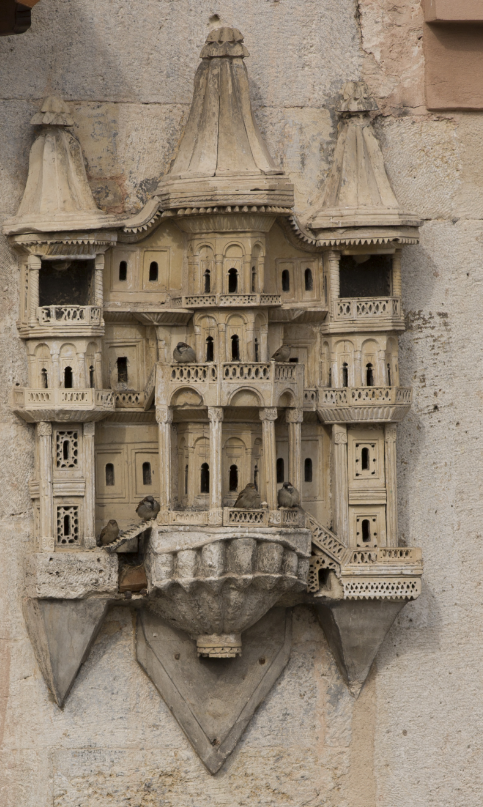
Birds have left deep traces in the history of culture and remained a decisive element in art, one of man’s most important expressions. It is remarkable that in almost every society, there are various folk stories, mythological heroes, fairy tales, Genesis legends, symbolic narrations, and religious motives about birds. In addition, bird figures have been handled at different times and in various branches of art, sometimes as a subject, sometimes as a plastic element or an abstraction, as an instant image or a stylized shape. In short, it has always found an important place in all fields of art.
Birds and Birdhouses in Turkish culture
Although the time and way of its origin are unknown, the production of birds in Turkish culture and architecture is not witnessed in any other geography. Birds have been regarded as holy and auspicious according to ancient beliefs in Turkish culture. For example, it is believed that the doves represent loyalty and love, that pigeons symbolize peace and loyalty to family in the Islamic faith, that the swallows protect the houses they nest in from fire, and that birds nesting near a house bring abundance. Some believe that breaking down birds’ nests would bring misfortune to the concerned person. It would be appropriate to consider that these beliefs are the basis of actions in the places where Turks live, such as allocating areas for birds and assisting them in making their nests.
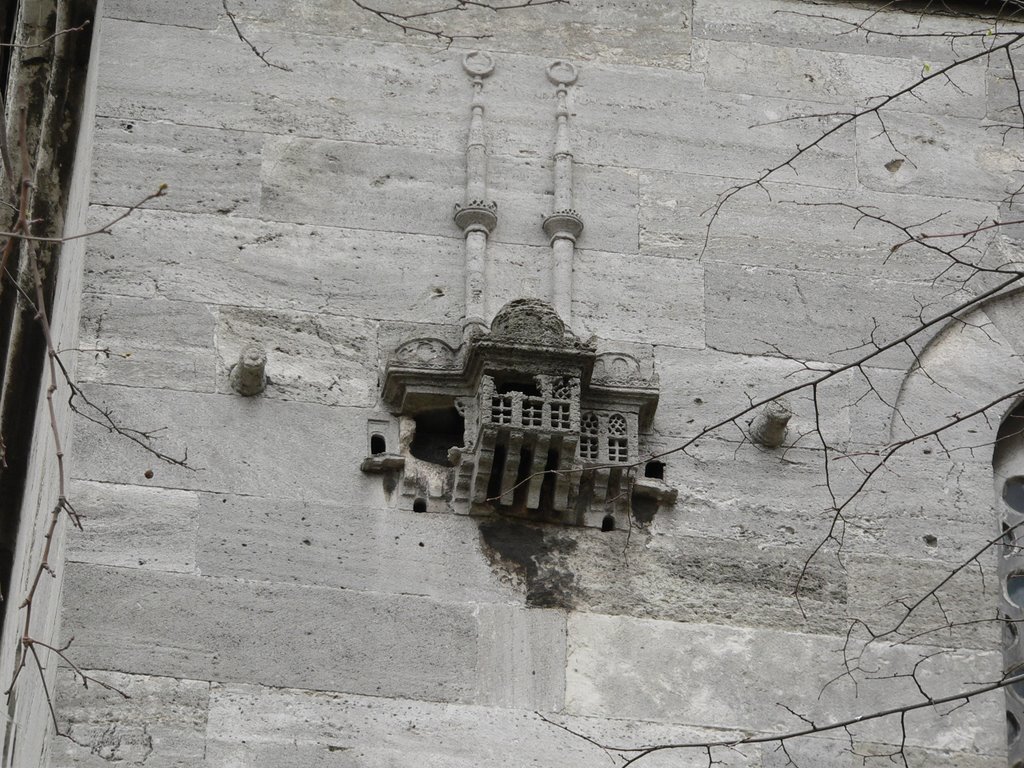
In this framework, some parts of Ottoman architecture were allocated to birds. Birdhouses and palaces were built for their shelter, and small but eye-catching bird pools were constructed. Built with an artistic and aesthetic approach, Birdhouses were also the basis for structuring an architectural element in Turkish culture. The earliest examples of birdhouses were found in the 14th century and became very popular in the 18th century.
On the other hand, birds, particularly pigeons, were regular guests at mosques. Muslims observed prayers at the mosque, which were used to feed these birds, and birds surrounded the mosque courtyards. A notable element in Ottoman-era mosque architecture, gracious birdhouses have a unique place. These tiny houses helped to shelter birds and prevented bird droppings from polluting and corroding mosque walls. From a religious perspective, it was believed that if a person builds a birdhouse, he gains good deeds because the birds find shelter there. The birdhouses were designed to shelter any bird flying freely, such as sparrows, wisecracks, swallows, pigeons, and storks. A small nest carved into the walls is an architectural masterpiece. Birdhouses also have other names given to them by the public, such as “kuş köşkü” (bird pavilions), “güvercinlik” (dovecots), and “serçe saray” (sparrow palace). They can be seen not only in mosques but also in inns, libraries, madrasahs, schools, aqueducts, fountains, and even on walls. By doing so, locals from every age group and social class were infused with love and mercy for animals. During the Ottoman era, functionality and aesthetics were both important while creating. The birdhouses were built using very elaborate techniques. There were either one-story and one-section houses or multiple-story and multiple-section houses. Among those constructed as multi-story, some birdhouses were built in the shape of a palace or mosque. There were two steps for building birdhouses. The first one was carving the wall, and the second was assembling it to make it fit the wall. With elaborate door and window details, the houses were crowned with a roof, dome, and vault.
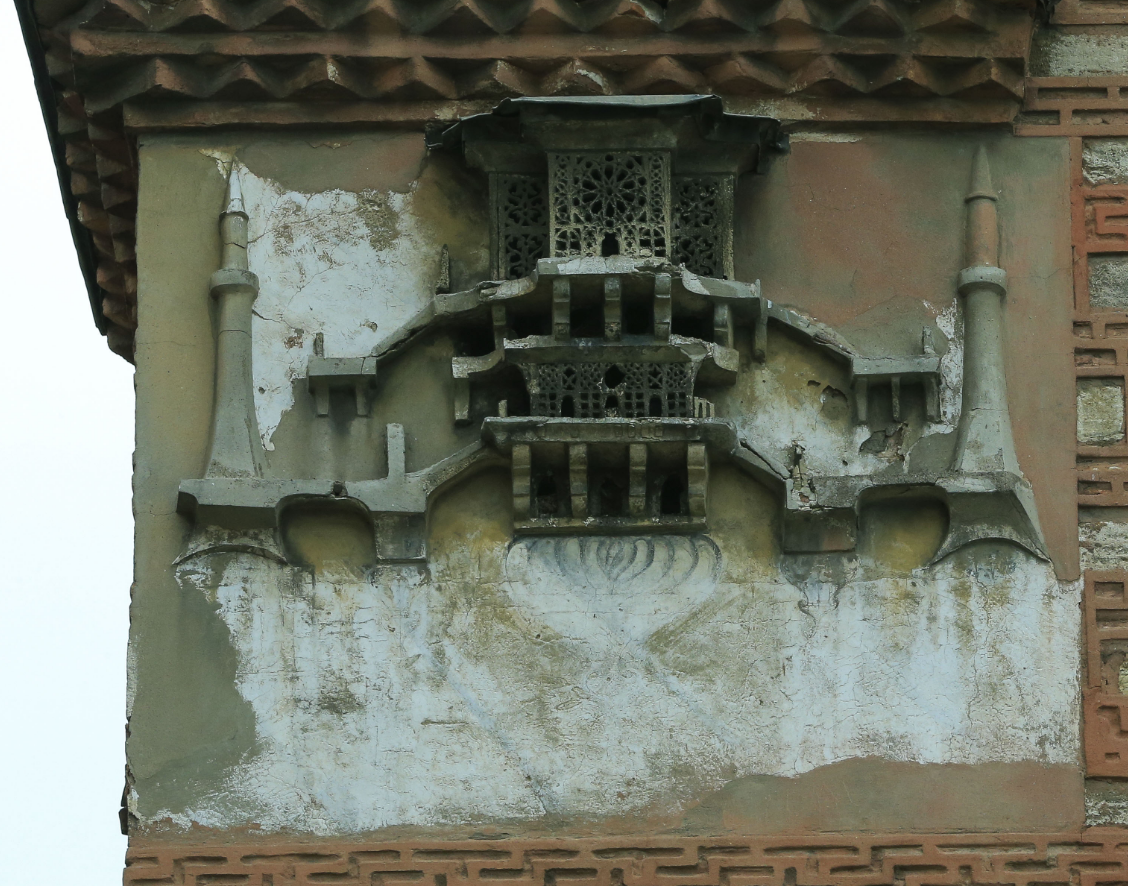
Interesting examples of the bird palaces can be seen in provinces other than Istanbul, like Doğu Beyazıt, Tokat, Amasya, Kayseri, Niğde, Antakya, İzmir, and Tekirdağ. “Birdhouses can be divided into two groups in terms of their way of construction and architectural composition. The birdhouses in the first group are several individual or adjacent small holes specifically left between the cladding of the masonry buildings. These can resemble the caves carved from the rock where ancient people used to live. Usually, they don’t project the frontage. The best examples of this group are seen in the Süleymaniye and New Mosques in İstanbul. The birdhouses in the second group are like projected chambers and look like single-floor villas projecting like bay windows, frontage decorated with arched windows, and top covered with roofs or small domes.
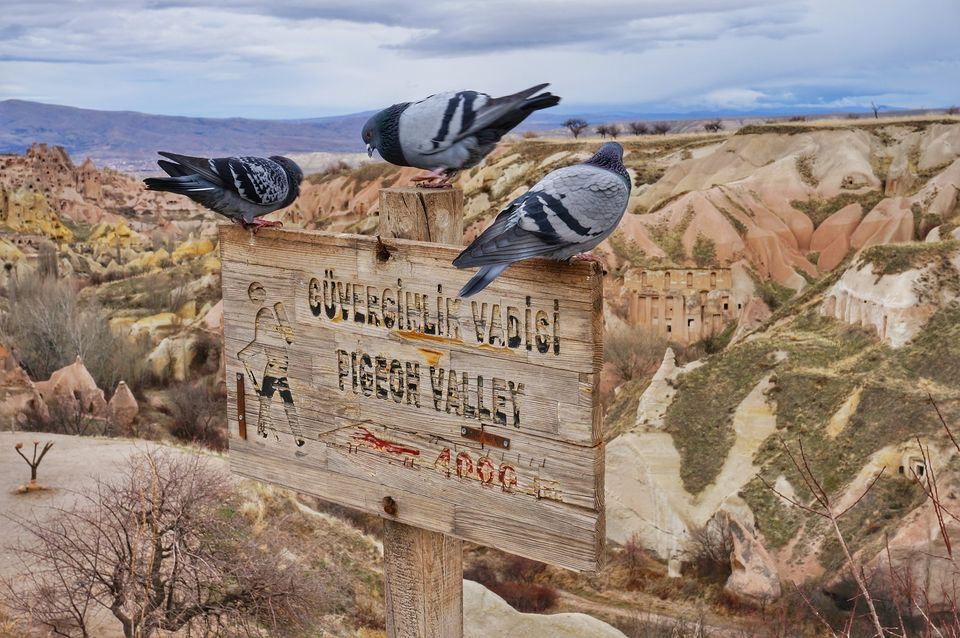
When mentioning the birdhouses in Turkish culture and art, one shouldn’t forget the pigeonries in the Cappadocia region. While Fairy Chimneys emerged through geographical events, people carved houses and churches inside the fairy chimneys and decorated them with chimneys. “The traditional carved houses and pigeonries of Cappadocia reflect a unique aspect of the region. These houses were built from cut stones on the slopes or the rocks in the 19th century. Stone is the only architectural material of the region and can be quickly processed as it is soft when taken out of the quay due to the volcanic structure of the region. It becomes hard after exposure to air and turns into an excellent construction material. Since the material used is abundant and can be processed easily, the unique stone craft of the region has improved and become an architectural tradition. The region’s pigeonries are small structures built between the 19th century and the end of the 18th century. The region’s artists have decorated the surface of the pigeonries with rich decorations and scripts.










